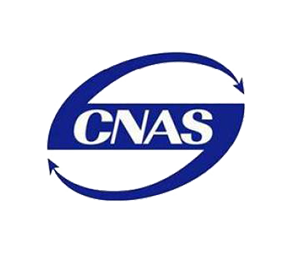Polyethylene pipes and pipe fittings, including electric fusion pipe fittings, are essential components in creating reliable and durable piping systems for various applications, offering excellent resistance to corrosion and ensuring secure, leak-free connections.
PE pipe electrofusion welding
Polyolefin plastic pipes include pipes obtained by extrusion molding of polyethylene (PE) and polypropylene (PP-R, PP-B) resins. If it is expanded, it can also include composite plastic pipes such as steel braided reinforcement, steel plate mesh reinforcement, and glass fiber reinforcement.
When these pipes are connected with pipeline components, a pipeline system is formed. It can be used to transport gas or liquid media.
Polyolefin plastic pipes and pipeline components can generally be connected in the following two ways:
● Butt hot melt connection
● Electric fusion connection
Electrofusion connection has universal adaptability to the above-mentioned pipes. It is to put the electric fusion pipe fittings with pre-buried resistance wires on the pipes or pipeline components, and then pass current. The resistance wire heats up to melt the connection parts on the pipes and pipe fittings. Under the action of the resin expansion pressure, the resin molecules on both sides of the connection interface are re-entangled, and the connection purpose is achieved after cooling. In recent years, large-diameter polyethylene winding pipes have also been used for electric fusion connection.
Electric fusion connection is a process in which electric fusion pipe fittings connect pipes with the support of electric fusion welding machines.
Design of electrofusion pipe fittings
Electrofusion pipe fittings can be divided into: electrofusion sleeve, tee, reducer, saddle tee, steel-plastic transition according to the connection type with the pipe. The electrofusion connection of large-diameter PE winding pipe makes the electric heating wire into a strip and lays it in the corresponding connection interface.
Electrofusion connection is widely used in polyethylene pipeline systems for gas transmission and distribution, and the technical standards of electrofusion pipe fittings in this system are relatively the most complete.
At present, there are two standards to follow for the design and manufacture of electrofusion pipe fittings:
1. GB15558.2 "Buried Polyethylene Pipe Fittings for Gas"
2. ISO/8085-2000 "Polyethylene Pipe Fittings for Gas"
The above standards have made detailed provisions on the materials, geometric characteristics, mechanical and physical properties and other indicators and test methods of electrofusion pipe fittings.
The national standard "Buried Polyethylene Pipe Fittings for Gas" (GB15558-2) is also being revised. It is believed that with the revision and improvement of these standards, more perfect technical conditions will be provided for pipe fitting manufacturers, and the product quality of domestic electric fusion pipe fittings will be continuously improved.
In addition, another important link in the design of electric fusion pipe fittings is the design of the electric heating wire heating element, which often determines the connection performance of the pipe fittings and is also one of the most important indicators for measuring the quality of the pipe fittings.
There are many ideas for designing electric heating wire heating elements, but the principles followed are consistent:
● During the entire welding process, the temperature rise of the heating element cannot cause the resin to degrade, but can make the resin fully melted.
● Try to choose a single electrical parameter to provide energy to the heating element, such as: constant voltage source; constant current source, etc.
Based on the above principles, the problem is summarized as: reasonably design and select the power load of the surface area of the electric heating wire and the power load of the welding interface.
A good design is characterized by the strong fault tolerance of the pipe fittings. The reliability of the weld can be evaluated according to ISO/13954-1997 "Plastic pipe fittings-peel test of polyethylene electric fusion welding components"; ISO/13955-1997 "Plastic pipe fittings-extrusion test of polyethylene electric fusion welding components".
In addition, another problem in the design of electric fusion pipe fittings is the laying method of the heating wire. In fact, this is both a process problem and a design problem. Some manufacturers wrap the heating wire naked on the surface of the pipe fittings to achieve the best heat transfer effect (the so-called exposed type); others bury the heating wire inside the pipe fittings to protect the heating wire (the so-called buried type). Each has its own reasons. It should be said that this is a debate on design ideas, and according to the process method, it can be divided into:
●One-time injection molding
●Two-time injection molding
●Mechanical wiring method
In terms of the performance of the product, one-time injection molding is the most ideal, especially when obtaining elbows and reducers. However, it is not as easy as the mechanical wiring method to control the geometric dimensions of the pipe fittings. In addition, it is difficult to obtain large-diameter pipe fittings due to the limitation of the injection volume of the injection molding machine.
The two-shot injection molding method is basically the same as the one-shot injection molding method, except that a set of wire-wound brackets are injected first, and then the wire is wound on the bracket before injection molding. This can obtain "buried" pipe fittings, which is also convenient for automation of the processing process. However, some people have objections to the products obtained by two-shot injection molding.
The biggest advantage of the mechanical wiring method is that it can use thick-walled pipes to process large-diameter electric fusion pipe fittings, avoiding the huge investment of large injection molding machines and molds.
At present, PE pipe fittings have become a certain investment hotspot in China. The design ideas and process solutions should be carefully determined to prevent low-level construction; it is also necessary to prevent unrealistic pursuit of automation, especially when pipe companies invest in pipe fittings production, they should also consider the impact of their own market capacity on investment benefits.
Electric fusion welding machine
In the early days of the application of electric fusion pipe fittings, all manufacturers of electric fusion pipe fittings developed electric fusion welding machines suitable for their own characteristics for their own pipe fittings. Generally, it has two basic capabilities:
● Voltage or current regulation capability, so that when the power supply fluctuates at the construction site or the pipe load changes, the electric heating wire of the pipe can be supplied with power according to the predetermined voltage (current) value.
● Time control capability. When the voltage (current) of the pipe during welding is determined, the energy input to the pipe is converted into a time control problem. The welding machine should have a high time control accuracy.
With the expansion of the application of pipe fittings, the automation of the electric fusion connection process and the compatibility of different brands of electric fusion pipe fittings with
electric fusion welding machines have been raised.
The essential problem of electric fusion connection automation is that the electric fusion welding machine can automatically identify the welding parameters required for a given electric fusion pipe fitting. The compatibility problem requires that the electric fusion welding machine has universal adaptability to different electric fusion pipe fittings. There are currently three forms of automatic identification systems.
● Resistance identification system
When producing pipe fittings, a resistor is connected in series with the electric heating wire of the electric fusion pipe fitting (the resistance of this resistor is so large that the resistance of the pipe fitting itself for heating can be ignored). Before the welding process begins, the welder first detects the resistance, and finds the welding parameters corresponding to the pipe according to the table pre-stored in the welder's memory, and controls the energy supplied to the pipe according to this parameter.
● Automatic adjustment system
It is an identification system established based on the design concept of controlling input energy. When a certain voltage (current) is applied to the pipe, the interface between the pipe and the pipe expands due to heat, and the excess molten resin overflows from the calibration well. The micro switch of the electric fusion welder at the calibration well cuts off the power supply. This is a welding automation system that does not require pre-setting parameters.
● Barcode automatic identification system
In the production stage, a uniform barcode is affixed to the pipe as an identification mark, and the manufacturer enters the necessary information according to the uniform coding rules.
The construction personnel use the light pen configured by the welder to read this information and input it into the control system of the welder to ensure that the welder provides the required optimal energy to the pipe. The light pen inputs the information in the barcode into the control system of the welder, avoiding the risk of errors.
This identification system is suitable for the automatic identification and control of electric fusion pipes of different brands and specifications, and is increasingly recognized by users.
At present, the international standard for electric fusion welding machines (ISO/12176.2-1998) has been published. This standard has put forward systematic requirements for the classification, safety performance, and main technical conditions and indicators of electric fusion welding machines, making the manufacturing process of electric fusion welding machines more standardized.
Operation of electric fusion connection
The operation process of electric fusion connection can be divided into the following steps:
1. Cut the pipe and mark the depth of the pipe insertion into the pipe fitting;
2. Scrape the pipe end;
The old layer on the surface of the pipe end should be removed with a scraper (the scraping thickness is generally 0.2mm), and the scraped surface should not be contaminated again.
3. Wipe the pipe fitting
The welding area of the pipe fitting should be wiped with clean cotton fabric or special wipe paper.
4. Clamp the pipe fitting
Special clamps should be used to fix the components to be connected as much as possible. The out-of-roundness of the pipe should not exceed 1.5% of the outer diameter of the pipe, otherwise it should be corrected on the corresponding clamp.
There should be a suitable gap between the pipe and the fitting. It is generally appropriate to insert with a slight force (large diameter pipe fittings need to be knocked in with a wooden hammer). Too large or too small a gap will affect the quality of the interface.
5. Welding
Connect the wire according to the operating requirements of the electric fusion welding machine, and input the necessary parameters to the welding machine (when the pipe fitting has an automatic identification function, it can be operated according to the requirements of the automatic identification system), start the welding machine, and the welding will be completed automatically.
6. Cooling
The plug of the welding machine can be removed and the clamp can be removed only after the welding area reaches the cooling time.
Several factors affecting the quality of the electric fusion connection interface
1. The influence of power supply fluctuations on the quality of the interface
For a given electric fusion pipe fitting, the resistance value of the pre-buried resistance wire inside it is certain. At this time, the power consumed by the resistance heating is only related to the voltage (current) provided by the welding machine.
The voltage (current) value provided by the welding machine must have an upper limit. Beyond this upper limit, the excessive heat load on the surface of the heating wire will cause the resin around it to overheat and decompose. Of course, the voltage value must also have a lower limit. Below this lower limit, the heating wire will not be able to generate enough heat, and the resin at the welding interface will not be able to be fully entangled.
In this sense, an electric fusion welding machine is equivalent to a voltage (current) source. It must be able to keep the voltage (current) provided to the electric fusion pipe fittings within the allowable fluctuation range when the power supply voltage fluctuates greatly. This indicator is one of the most important indicators of the welding machine. Because the voltage fluctuation of the power supply is often large at the actual construction site. Of course, there will be some differences in the resistance value of the internal heating wire between the same pipe fittings. Even if the power supply voltage (current) is the same, it will cause a certain power fluctuation.
2. The influence of welding time on interface quality
When the heat transfer conditions are the same, the energy consumed by each specification of pipe fittings during welding should be the same. If the heating energy is constant, the amount of energy consumed is only related to time. Practice shows that the welding time must be controlled within a reasonable range.
When the heating time is less than the shortest welding time, that is, the energy consumed is at a lower limit, the molecules at the interface cannot be fully entangled, and the mechanical strength and air tightness cannot achieve the purpose of reliable connection.
When the heating time exceeds the maximum time, that is: too much energy is consumed, a large amount of molten resin may overflow the observation hole, and excessive heat accumulation will also cause the resin to decompose and produce smoke. Make the interface quality deteriorate.
3. The influence of ambient temperature on welding quality
If the ambient temperature of the welding process is different, it means that the heat conduction conditions of the pipe fittings during the welding heating process have changed, which will cause the total energy required for welding to change, which is also reflected in the change of welding time. Actual tests show that when the ambient temperature changes in the range of -5 to +40℃, the correction value of the welding time is about 0.5 to 1%℃ (the welding time parameters given by electric fusion pipe fittings are generally given at an ambient temperature of 20℃).
4. The impact of bad operation on welding quality
The so-called bad operation generally refers to two aspects. One is that the clamping and positioning of pipes and fittings during welding, as well as the scraping and wiping of pipes and fittings do not meet the specification requirements; the other is that errors occurred when inputting welding parameters to the welding machine, which will have an adverse effect on the interface quality or cause welding failure.
The use of barcode or magnetic card input can effectively avoid misoperation caused by inputting parameters, but the welding machine generally cannot judge the errors that occur when clamping pipes.
It is particularly important to point out that scraping the pipe ends is very important and necessary. Especially for pipes with a long storage period, scraping is more important, otherwise it will greatly increase the rate of bad interfaces and even cause 100% welding failure.
Determination of weldability
When pipes and fittings come from different suppliers, the determination of their weldability is necessary unless they are approved by both suppliers. This is very important in the current market situation because the quality of many pipe materials is too different.
The determination of weldability is generally determined by peeling experiments in the laboratory. At construction sites without experimental equipment, a simple method can also be used to roughly judge the weldability and reliability of pipes and fittings:
Take a fusion-welded pipe, saw off a 10-15mm spline along the axial direction of the pipe, and use two pliers to peel off the splines stacked on both sides. When the splines on both sides are stretched by tensile deformation, and the fusion interface is not damaged, it can generally be considered that the pipe and the pipe are reliable, and the welding is reliable. On the contrary, the cause of the welding failure should be found.
Automatically adjust the welding of electric fusion pipe fittings
Automatically adjust the welding of electric fusion pipe fittings, we often refer to it as automatic adjustment pipe fittings. The principle is to use the pressure generated by the melting of the material during the welding process to drive the micro switch set on the welding machine plug to control the welding process.
Automatic adjustment pipe fittings provide a nearly ideal welding concept for electric fusion welding.
In the process of electric fusion welding, the factors that affect the welding quality are:
1. Energy input deviation caused by power supply fluctuations;
2. Wrong welding caused by incorrect welding parameter input;
3. Energy input deviation caused by the resistance deviation of the pipe itself;
4. The influence of ambient temperature;
5. Improper embedding of pipes, mainly refers to the external force interference caused by the embedded gap and the two sections of pipes are not in the same axis.
The above five factors have an increasing degree of influence on welding quality. In the past, people generally focused on improving the function of welding machines. The most typical example is the use of barcode systems in welding systems, which effectively avoids the errors that may occur when manually inputting welding parameters, and can also refuse to weld pipes when the resistance value of the pipe itself is out of tolerance. But no matter what, the previous welding methods have a common weakness: it is impossible to give a comprehensive control quantity for a multivariable system. In particular, it is impossible to correct the influence of the embedded gap on the welding quality, which is actually the factor that has the greatest impact on the welding quality. For example, a welding machine with a barcode input function can enable the welding machine to read the compensation amount of the welding process to the ambient temperature in the barcode system, but the ambient temperature actually measured by the welding machine is often not the surface temperature of the pipe or pipe during welding. Therefore, this compensation can only be approximate.
The basic idea of the automatic adjustment pipe fitting to control the welding process is completely different from the previous idea. It focuses on the effect of the electric fusion welding process and combines the comprehensive effects of various influencing factors to determine the end time of welding. Therefore, it has higher reliability.
It is precisely because of the above characteristics that the design concept of the automatic adjustment pipe fitting also has certain characteristics, such as the power load of the surface area of the welding area is generally designed to be smaller, etc.
The automatic adjustment welding pipe fitting and the electric fusion welding machine that supports this pipe fitting constitute an automatic welding system for electric fusion pipe fittings, which has the following significant characteristics:
● Welding procedure automation;
● The welding time is determined by the comprehensive parameters of the operation site and does not need to be determined in advance;
● Overlap welding can be avoided;
● Improper pipe embedding can be effectively discovered.
Combined with barcode technology, the automatic adjustment welding electric fusion pipe fitting will become one of the best automated welding systems.
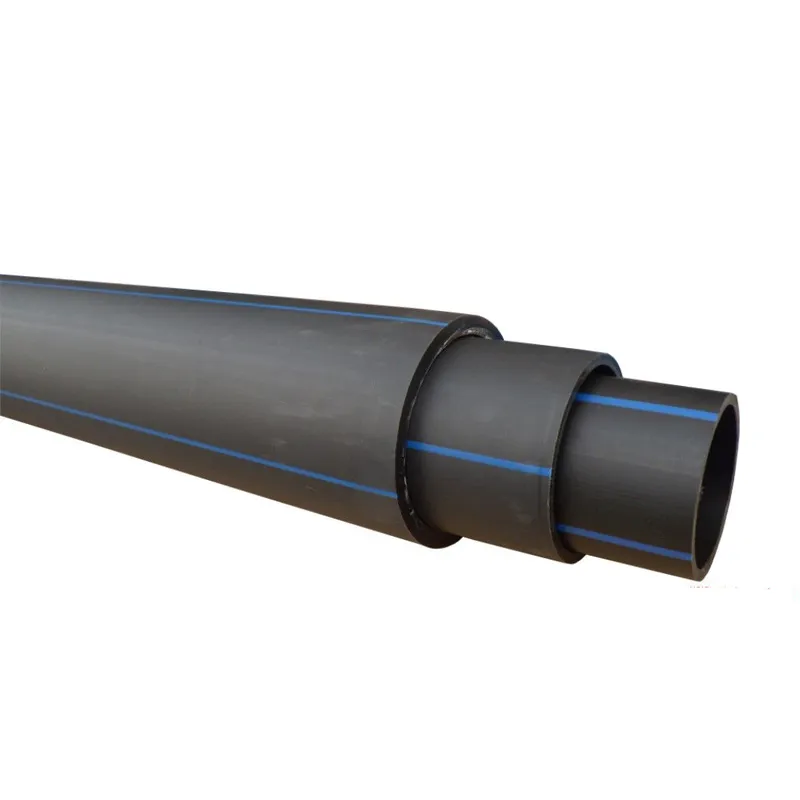
981.webp)
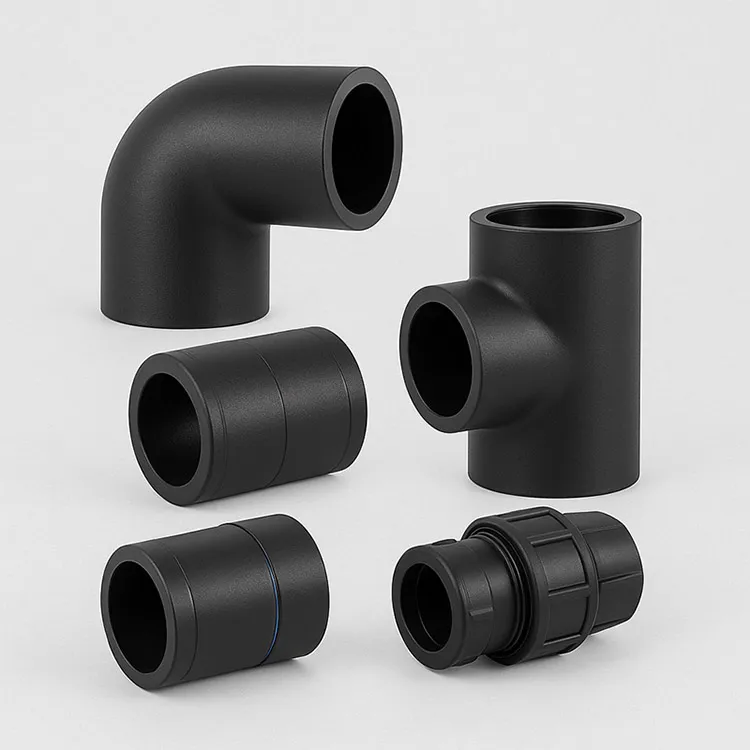
 (1)379.webp)
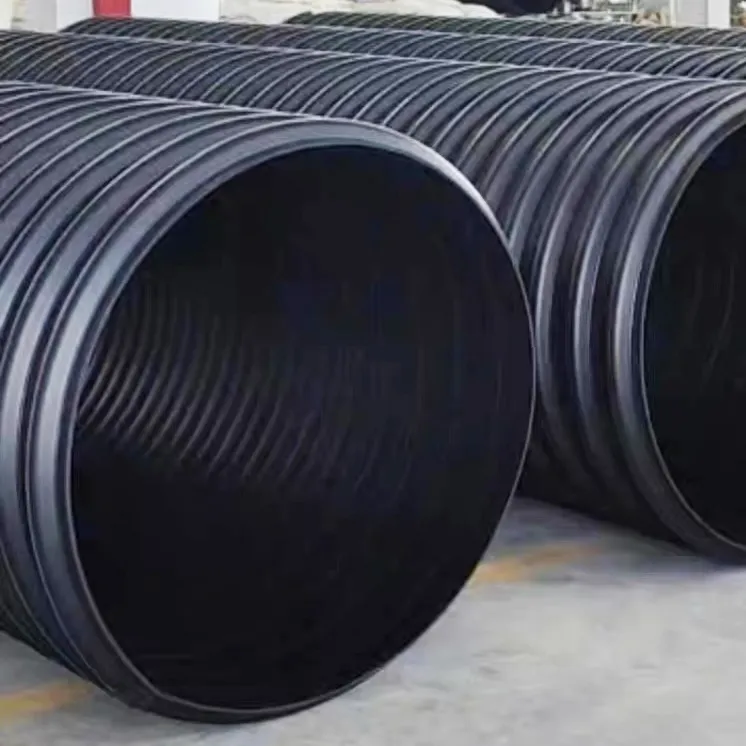
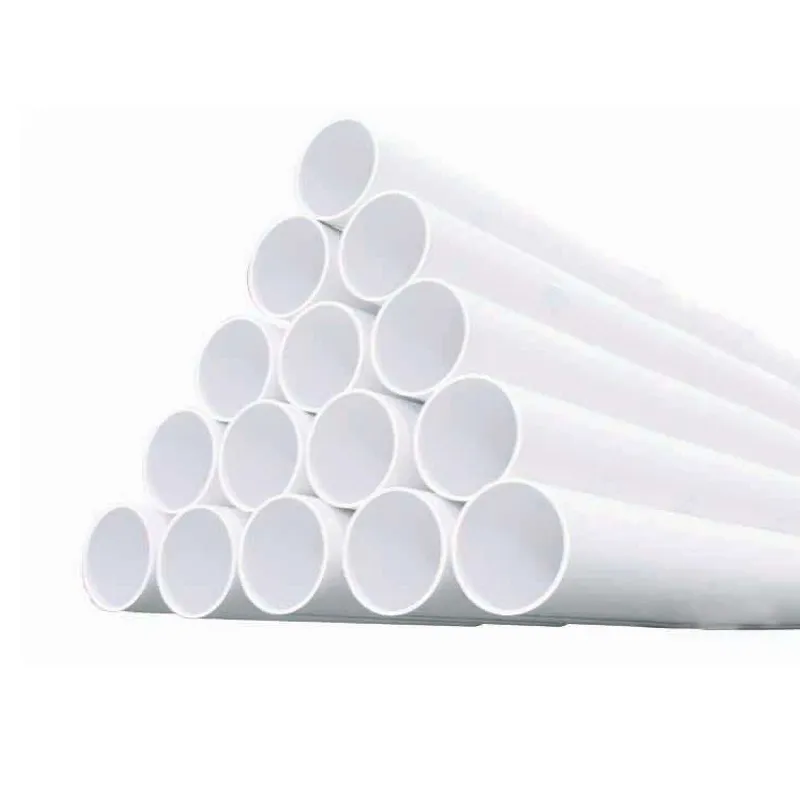
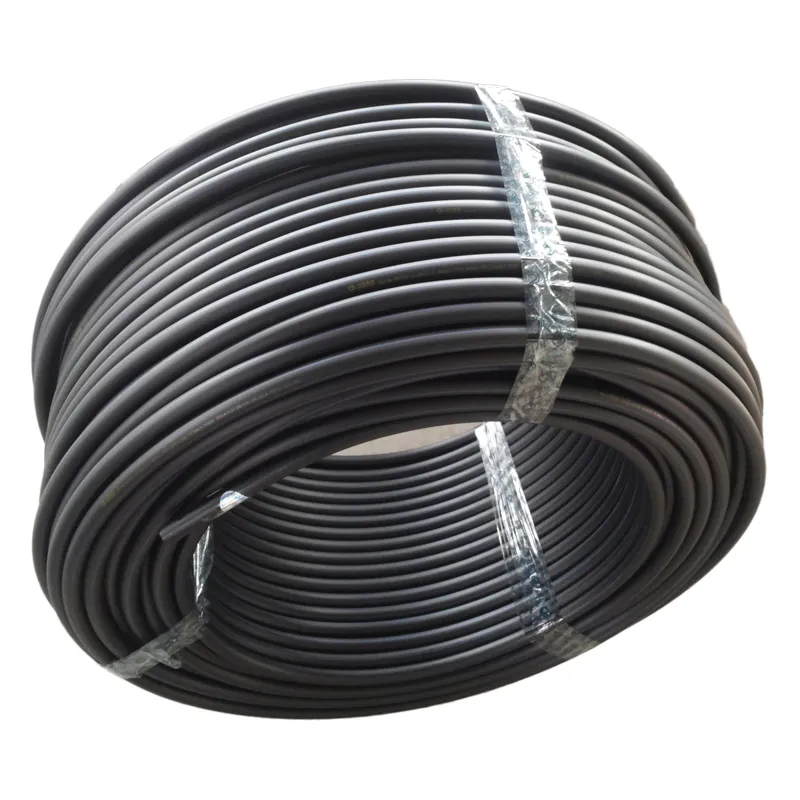
294.webp)
476.webp)
420.webp)
146.webp)
460.webp)
287.webp)
274.webp)
688.webp)

